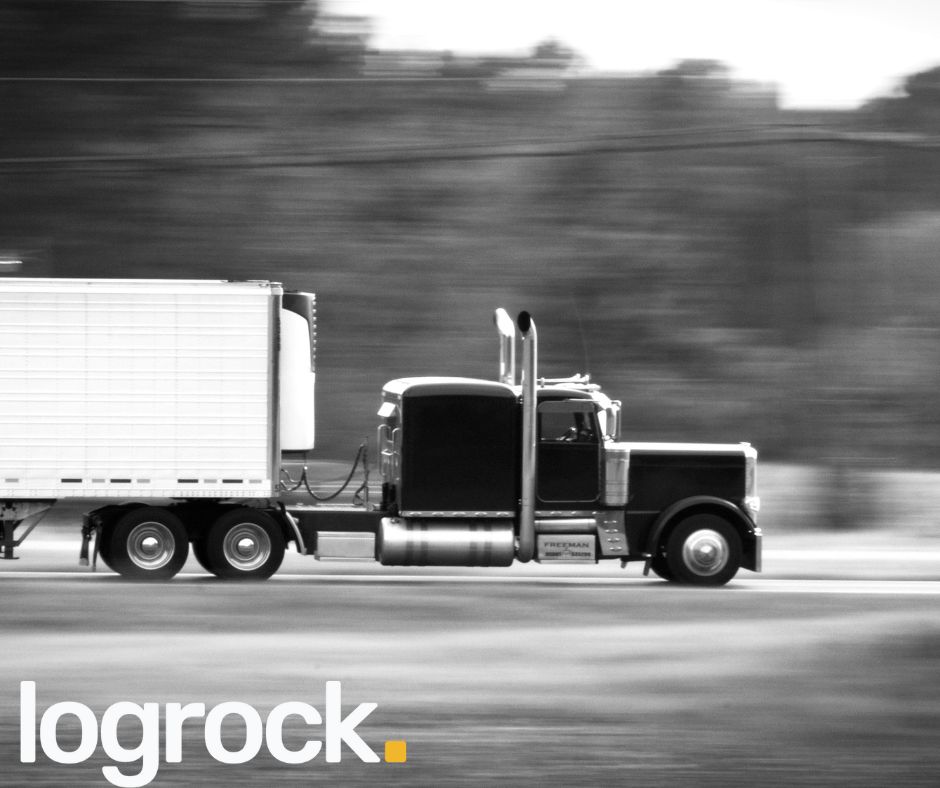Choosing between a brand-new truck and a reliable used rig isn’t just about upfront costs — it can also impact how much you pay for insurance. At Logrock, we help truckers navigate the ins and outs of insurance coverage, so you can make the best decision for your business. Let’s break down how your truck choice affects your premiums and what to consider before you buy.
Why Your Truck Choice Matters for Insurance
Insurance providers look at several factors when pricing your policy, and the truck itself plays a huge role. They assess things like:
✅ Vehicle Value
✅ Age and Mileage
✅ Safety Features and Technology
✅ Likelihood of Breakdowns or Costly Repairs
Whether you go new or used, each option has pros and cons. Let’s compare!
The Case for Buying New
A brand-new truck comes with cutting-edge safety tech and fewer immediate repair needs, which can work in your favor for insurance. But that higher sticker price can also drive up your insurance premiums.
Insurance Benefits:
✅ Advanced Safety Features: Collision avoidance, lane assist, and dash cams can qualify you for discounts.
✅ Lower Risk of Breakdowns: Newer trucks are less likely to need expensive repairs, reducing the chance of claims.
✅ Warranty Coverage: Manufacturer warranties can ease repair costs, which insurers may consider when pricing policies.
Insurance Drawbacks:
✅ Higher Replacement Costs: Since the truck is worth more, insurance payouts (and your premiums) will be higher.
✅ Comprehensive & Collision Coverage Costs: You’ll likely want full coverage to protect your investment, which adds to your insurance bill.
The Case for Buying Used
A well-maintained used truck can save you money upfront and lower your insurance premiums — but it may come with hidden risks insurers will factor into your rates.
Insurance Benefits:
✅ Lower Vehicle Value: Since the truck costs less, your collision and comprehensive coverage will also be cheaper.
✅ Proven Performance: A truck with a clean maintenance history can still be a safe, reliable choice at a lower cost.
Insurance Drawbacks:
✅ Higher Breakdown Risk: Older trucks are more prone to mechanical failures, which could lead to more claims.
✅ Outdated Safety Tech: If your truck lacks modern safety features, you might miss out on valuable discounts.
Which Option Is Right for You?
The best choice depends on your business goals, budget, and risk tolerance. If you can afford higher premiums and want the peace of mind that comes with a new, tech-packed truck, that might be your best bet. But if saving on upfront costs and insurance is your priority, a well-maintained used truck could be the smarter move.
Logrock Helps You Find the Right Coverage Either Way
Whether you go new or used, Logrock can help you build a policy that fits your rig and your budget. We specialize in trucking insurance – we’ll guide you through coverage options and hunt down every possible discount.
Get a Personalized Truck Insurance Quote Today and contact Logrock!
Keep your business rolling no matter what you drive!


